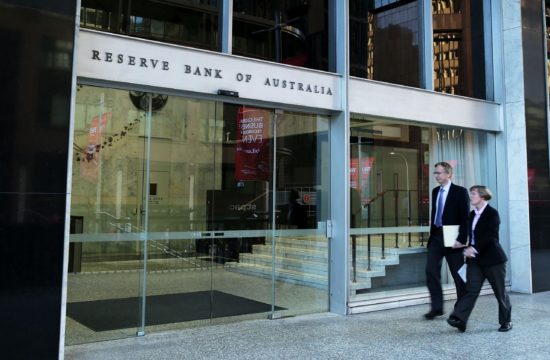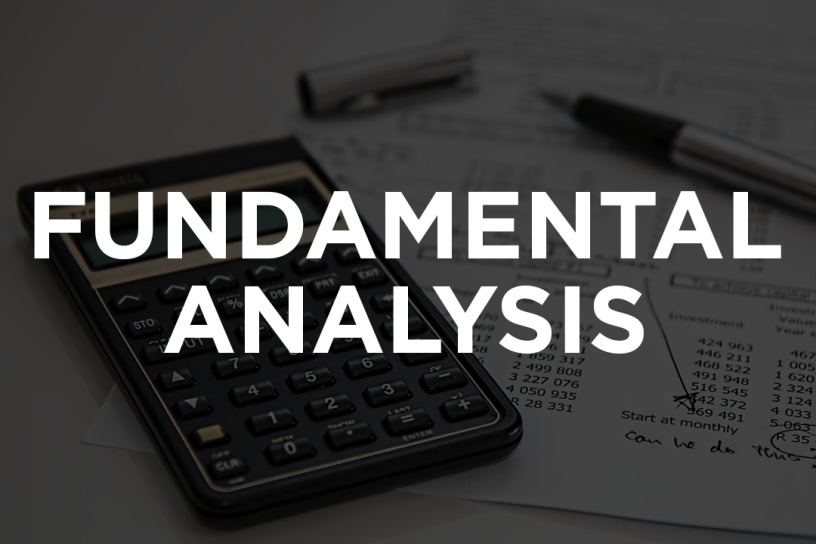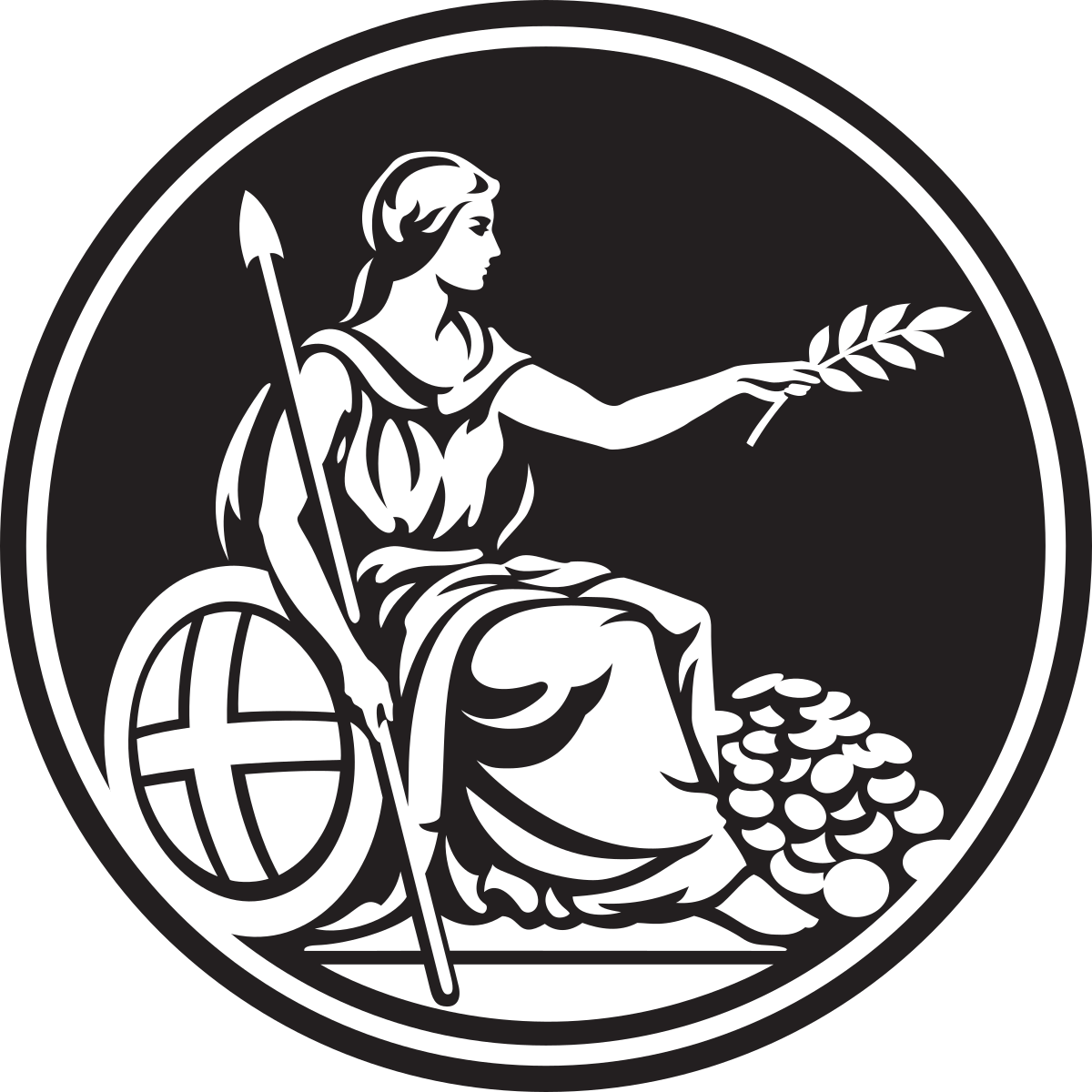When the COVID-19 pandemic hit Canada, the Bank acted quickly. We needed to make sure the financial system worked well enough that credit could continue to flow. That meant addressing shortages of liquidity in financial markets—the backbone for lending and borrowing in the economy.
What market liquidity is
Liquidity refers to how quickly or easily you can buy or sell assets.
A good way of assessing liquidity is to look at whether—and how much—an asset’s price needs to be lowered to make a reasonably quick sale.
A house, for example, is a relatively illiquid asset. It takes weeks or months to sell one, and the parties often have to pay high transaction costs such as brokerage fees. Depending on conditions in the housing market, the seller might have to accept a much lower price to complete the sale faster.














